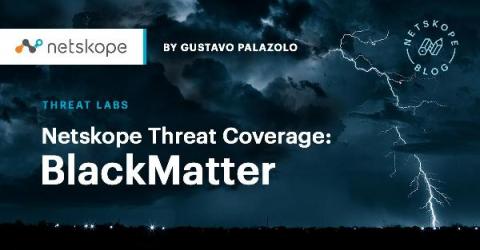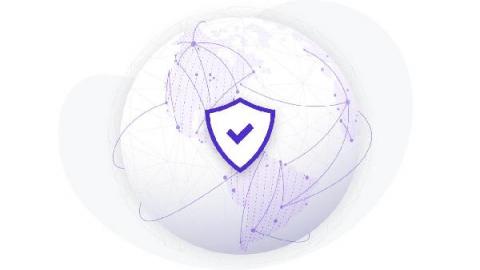Frontline privacy observations from deploying the EU's new SCCs
Our Data Privacy Services team collates the most interesting practical ramifications from implementing the new SCCs with our GDPR services customers. In our latest update of the Data Privacy Periodic Table , we included reference to the EU’s June 2021 release of substantially updated Standard Contractual Clauses (SCCs), triggered by 2020’s Schrems II ruling. The new, far more substantial SCCs have been largely welcomed.











